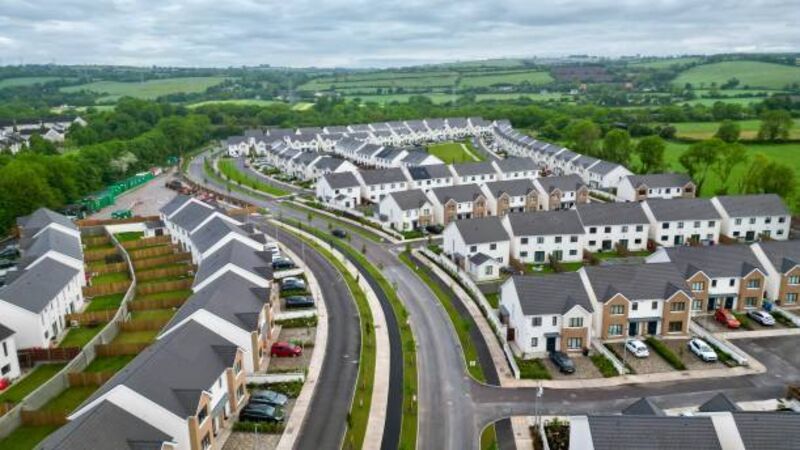ESRI warns Ireland cannot meet housing and infrastructure targets due to labour shortages

The ESRI has revised down its housing completions projections to just 33,000 this year and 37,000 next year.
It is “extremely difficult to conceive” how infrastructure and housing targets can be reached over the short and medium term given the constraints in the labour market which will leave ministers with difficult decisions to make, the Economic and Social Research Institute (ESRI) has warned.
In its latest quarterly economic commentary, the ESRI has revised down its housing completions projections to just 33,000 this year and 37,000 next year.











